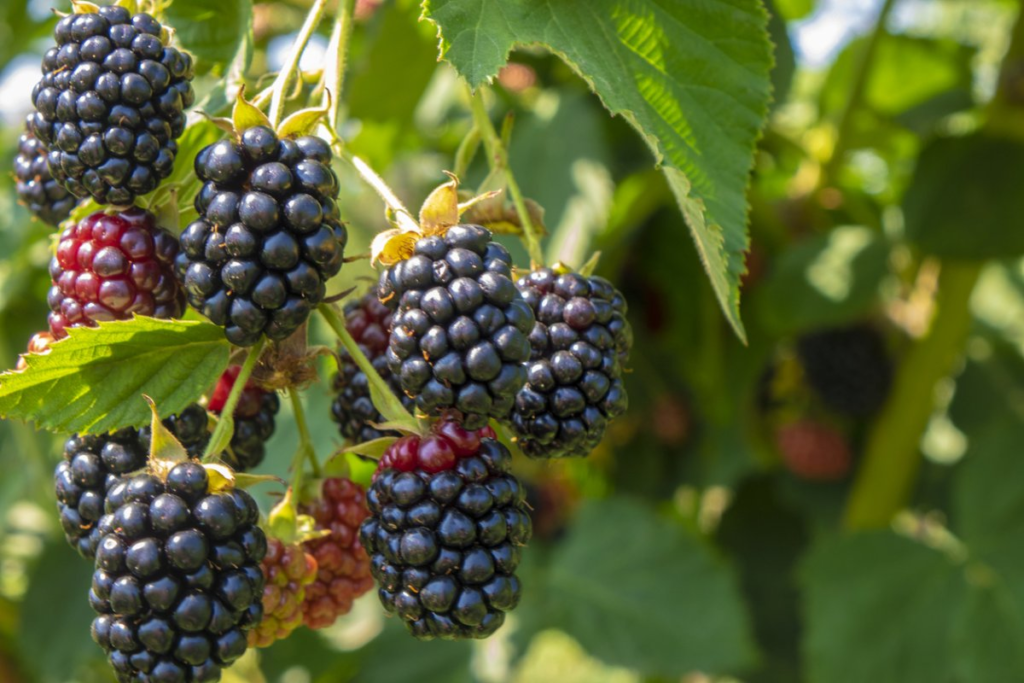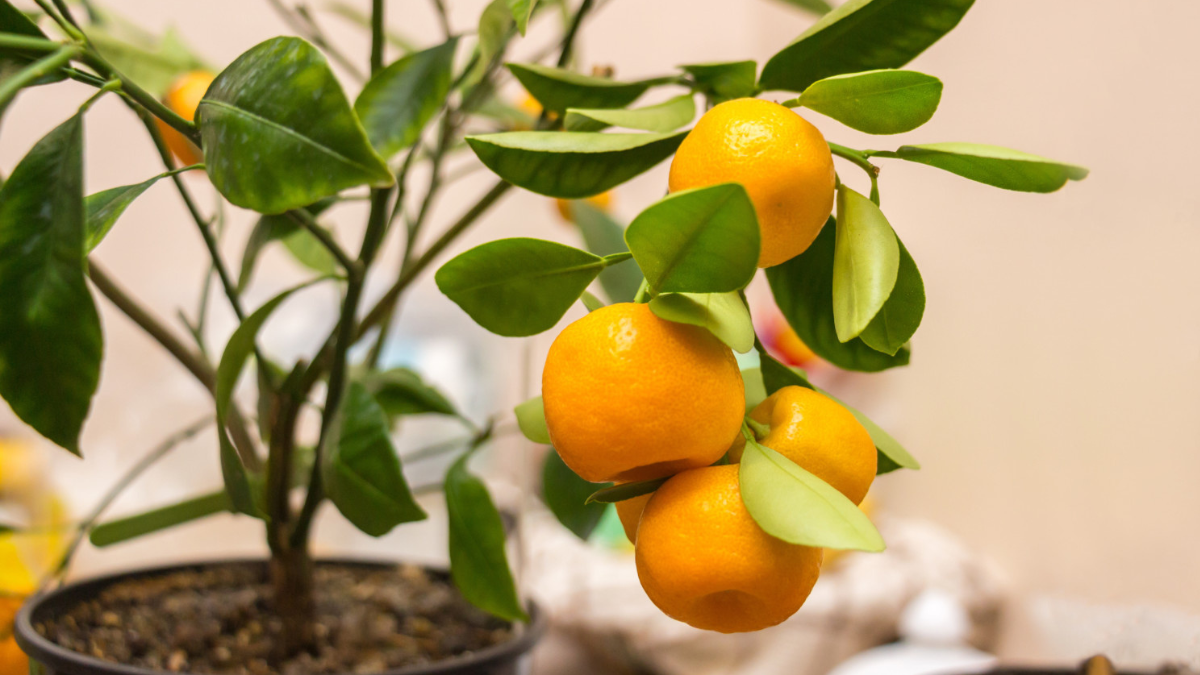Fastest Indoor Marijuana growing Handbook: From Seed to Harvest - How to Clone Cannabis Plants
Have you ever dreamed of biting into a juicy, sun-ripened fruit picked right from your own garden? Growing your own fruits at home is a rewarding experience that allows you to savor the freshness and flavor of nature’s bounty. In this article, we will guide you through the entire process, from selecting the right fruits for your climate to harvesting and enjoying the fruits of your labor.

Benefits of Growing Your Own Fruits at Home
There are numerous benefits to growing your own fruits at home that go beyond the delicious taste. Let’s explore some of them:
Freshness and Flavor
When you grow fruits in your own garden, you have the privilege of picking them at the peak of ripeness. This ensures maximum freshness and flavor, as fruits that have been picked prematurely for commercial purposes often lack the same level of sweetness and taste.
Cost Savings
Supermarket prices for fresh, organic fruits can be quite steep. By growing your own fruits, you can significantly reduce your grocery bills and enjoy a cost-effective supply of delicious, organic produce throughout the growing season.

Control over Pesticides and Chemicals
Growing your own fruits empowers you to have complete control over the cultivation process. You can choose to grow your fruits organically, avoiding the use of harmful pesticides and chemicals. This ensures that you and your loved ones consume fruits that are free from potentially harmful residues.
Selecting the Right Fruits for Your Climate
Not all fruits thrive in every climate. It’s essential to choose fruits that are well-suited to the conditions in your region. Consider factors such as temperature, sunlight, and humidity when selecting fruit varieties for your garden. Local nurseries and agricultural extension services can provide valuable guidance in this regard.
Preparing the Soil and Planting Seeds
Before planting, it’s crucial to prepare the soil by removing any weeds, rocks, or debris. Mix in compost or organic matter to improve soil fertility and drainage. Follow the seed packet instructions for planting depth and spacing. Ensure that the soil is moist but not waterlogged to facilitate seed germination.
Providing Adequate Sunlight and Water
Sunlight Requirements
Most fruit-bearing plants require at least six to eight hours of direct sunlight each day. Choose a sunny location for your fruit garden and avoid areas shaded by trees or buildings. If your garden lacks adequate sunlight, consider container gardening or selecting fruits that can tolerate partial shade.
Watering Needs
Watering requirements vary among fruit varieties, but generally, fruits need regular watering to thrive. Monitor the moisture levels of the soil and water when the top inch feels dry. Avoid overwatering, as it can lead to root rot and other problems. Mulching around the plants can help retain soil moisture and suppress weed growth.
Pruning and Training the Plants
Pruning and training fruit plants are essential for proper growth and productivity. Regular pruning helps shape the plants, promotes airflow, and reduces the risk of disease. Training techniques such as trellising or espalier can maximize space utilization and make harvesting easier. Learn about specific pruning and training techniques for the fruits you are growing.
Fertilizing and Managing Soil Nutrients
Fruits require a balanced supply of nutrients for healthy growth and abundant yields. Test your soil to determine its nutrient content and pH level. Based on the results, amend the soil with organic fertilizers or specific nutrients that your fruits may require. Regularly monitor the plant’s health and adjust fertilization accordingly.
Dealing with Pests and Diseases
Common pests and diseases can threaten your fruit plants. Implement integrated pest management practices by regularly inspecting your plants for signs of damage or infestation. Use natural pest control methods whenever possible, such as introducing beneficial insects or using organic pest repellents. Consult gardening resources or local experts for guidance on managing specific pests and diseases.
Recognizing When Fruits are Ready to Harvest
Each fruit has its own signs indicating when it’s ripe for harvest. Pay attention to color changes, texture, and aroma to determine if the fruits are ready. For example, some fruits become softer, change color, or emit a sweet fragrance when fully ripe. Refer to reliable gardening references or consult experienced gardeners to learn about specific harvesting indicators for the fruits you are growing.
Harvesting and Storing Fruits
When harvesting fruits, use clean and sharp pruners or scissors to avoid damaging the plants. Gently handle the fruits to prevent bruising or puncturing. Different fruits have varying storage requirements. Some are best consumed immediately, while others can be stored in cool, dark places or refrigerated for extended shelf life. Follow proper storage guidelines to maintain their quality.
Enjoying the Fruits of Your Labor
Finally, after weeks or months of nurturing your fruit plants, it’s time to enjoy the delicious rewards. Bite into the lusciousness of your homegrown fruits, share them with family and friends, or use them to create mouthwatering culinary delights. The joy of growing your own fruits goes beyond taste—it’s an experience that connects you with nature and brings a sense of accomplishment.

Conclusion
Growing your own fruits at home is a fulfilling journey that allows you to savor the flavors of nature and enjoy the benefits of fresh, organic produce. By following the steps outlined in this article, you can embark on your own seed-to-harvest adventure. Whether you have a small backyard or a sunny balcony, cultivating fruits is an opportunity to connect with nature, save money, and relish the taste of your homegrown bounty.


